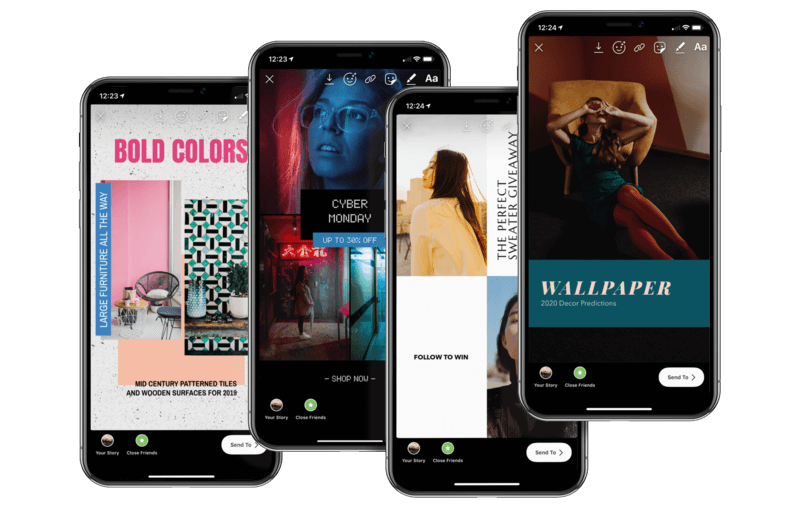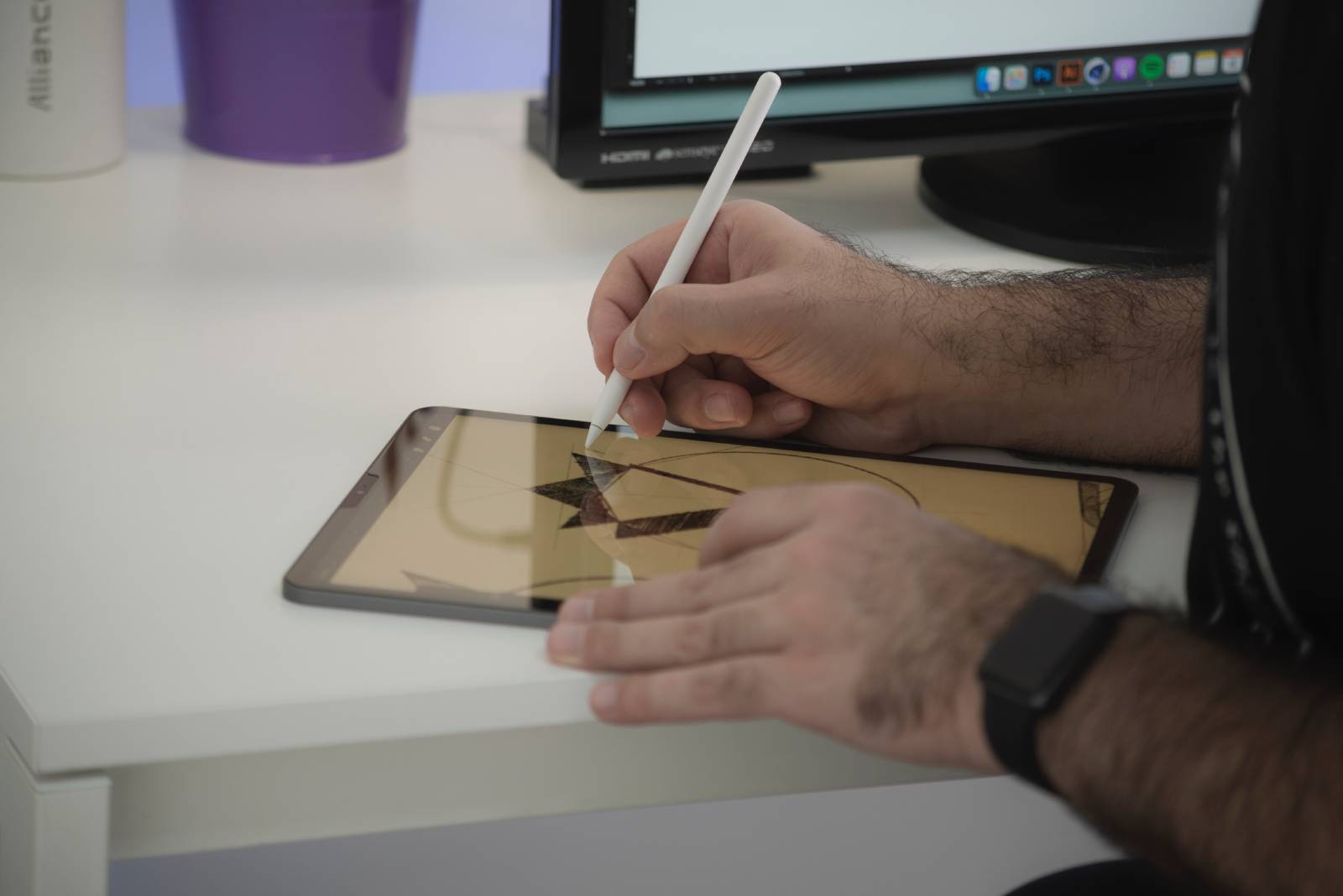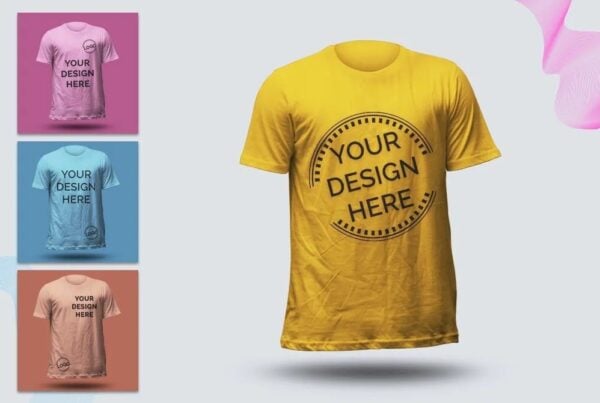Logos are everywhere. From the branding on your morning coffee to the ubiquitous signs on the street, logos play a crucial role in our everyday lives. They have the power to evoke emotions, create associations, and influence our decisions. But what makes a logo truly effective?
In this blog post, we will delve into the psychology behind successful logo design and explore seven key principles that you can apply to make your logo stand out from the crowd.
 Source: https://placeit.net/digital-mockups
Source: https://placeit.net/digital-mockups
Table of Contents
Simplicity
The human brain is wired to process simple shapes and patterns more easily. A simple logo is more memorable and easier to recognise than a complex one, which can be crucial in today’s cluttered marketplace.
Keep your logo design clean and straightforward, using only essential elements to convey your message.
Scalability
Logos should work well at various sizes, from small favicon to large billboards. As the logo size changes, the level of detail and complexity may need to be adjusted accordingly.
In the digital age, it’s crucial to consider how your logo will appear on different devices, such as smartphones and tablets. Ensure that your design remains recognisable and legible across all platforms.
Color Psychology
Colours can elicit a wide range of emotions and associations. When designing a logo, it’s crucial to consider the psychological impact of your chosen colours.
Warm colours, such as red and yellow, are attention-grabbing and convey excitement, while cool colours, like blue and green, evoke feelings of trust and stability.
Choose colours that align with your brand’s personality and values, and keep in mind that different cultures may have different associations with certain colours.
Typography
Typography plays a significant role in logo design, as it can convey a brand’s personality and tone. Fonts can be classified into various categories, such as serif, sans-serif, script, and decorative.
Each font style can evoke different emotions and associations. For example, serif fonts are often seen as more traditional and trustworthy, while sans-serif fonts are modern and minimalist.
Select a font that complements your logo’s visual elements and supports your brand’s overall message.
Balance And Proportion
A well-balanced logo is visually pleasing and helps convey a sense of stability and harmony. To achieve balance in your design, consider the size, weight, and position of each element.
The use of symmetry can create a sense of order, while asymmetrical designs can add dynamism and interest. Remember to maintain a consistent visual weight throughout your design to avoid overwhelming or confusing the viewer.
Versatility
A versatile logo is one that works well across a range of applications, from print to digital and from monochrome to full-color. When designing your logo, consider how it will appear in different contexts and formats.
For example, will it work in black and white or grayscale? How does it look when inverted or printed on different backgrounds?
By ensuring your logo is versatile, you can create a consistent brand identity across various platforms and touch points.
Emotional Connection
An effective logo should evoke an emotional response from the viewer, connecting them to the brand on a deeper level. To create this connection, consider the associations and emotions that you want your logo to convey.
Use visual elements, colours, and typography that align with your brand’s values and mission. By creating a logo that resonates with your target audience, you can build brand loyalty and foster long-lasting relationships with your customers.
Conclusion
The psychology behind effective logo design is complex and fascinating, encompassing everything from simplicity to emotional connection. By understanding and applying these seven key principles, you can create a logo that not only stands out from the competition but also resonates with your target audience.








